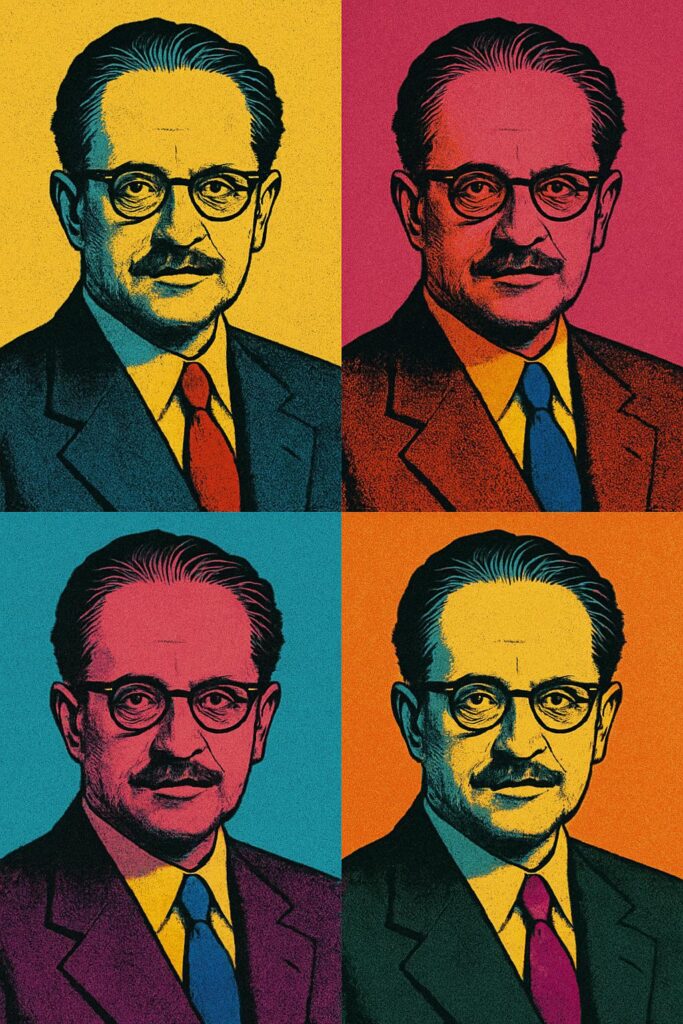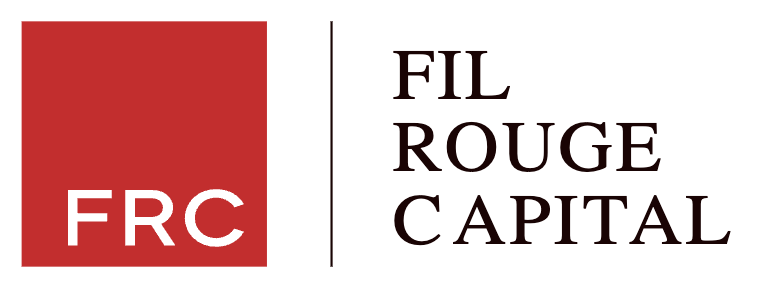Modern marketing owes much of its foundations to Edward Bernays. Widely recognized as the father of public relations, he transformed how organizations communicate and persuade.
At a time when businesses mostly spoke at people, Bernays saw the potential to shape public opinion. His approach was systematic, drawing from psychology to guide how messages were crafted and delivered.
This shift launch PR as a profession and set the stage for many marketing tactics we see today, from branding to influencer outreach. Bernays’ campaigns changed industries and politics, and left a complicated but crucial mark on communication strategy.
Early Life and Career
Edward Bernays was born in Vienna in 1891 and immigrated to the United States as a child with his family. He was the nephew of Sigmund Freud, whose ideas about the unconscious mind later influenced his approach to communication.
Bernays studied agriculture at Cornell University but quickly shifted to journalism and publicity when he saw more opportunity in shaping messages for the public.
Early in his career, he worked for the Committee on Public Information during World War I, and helped influence public sentiment in support of the war effort.
This experience taught him how narratives could guide public opinion on a large scale. After the war, Bernays opened his own public relations firm in New York.
He began consulting for companies, entertainers, and even government officials. Some of his first campaigns involved book promotions, political causes and theater productions
In these roles, he tested controlled publicity methods. Bernays set himself apart by using research-driven strategies and by focusing on group dynamics rather than simply pushing information.
The Psychology of Persuasion
Key concepts Bernays worked with included:
- Group identity and the desire to belong
- Use of authority figures or celebrities to support messages
- Emotional associations with products or ideas
Bernays’s core beliefs centered on understanding what truly drives people’s decisions. He borrowed heavily from Freud’s theories, arguing that people act more on emotion and subconscious triggers than on rational thought.
Bernays believed that to influence mass behavior, communicators needed to tap into these underlying needs and desires. He coined the phrase “engineering consent” to describe carefully planned strategies for guiding public opinion without the public realizing it.
He approached persuasion as a science. Bernays studied crowd behavior, quickly learning that people are more likely to accept messages when they feel those ideas are shared by others or endorsed by respected figures.
When working with businesses and political clients, Bernays analyzed the public’s underlying anxieties and aspirations. He then shaped campaigns to address or reflect those sentiments.
He also emphasized the importance of timing and context: he launched campaigns when people were most receptive.
Campaigns That Shaped the Industry
Bernays made a lasting impact through innovative campaigns that changed public behavior and set new standards for marketing.
One major example was the “Torches of Freedom” campaign. In the 1920s, the American Tobacco Company hired Bernays to expand their market by encouraging women to smoke in public, which was taboo at the time.
He orchestrated a public demonstration where women lit Lucky Strike cigarettes during a New York parade, framing cigarettes as symbols of liberation. This dramatically shifted social norms and increased tobacco sales.
Bernays helped a hairnet company increase sales. He persuaded the New York Board of Health to state that hairnets were essential for hygiene in the food industry, which led to wider use and stronger demand.
For Procter & Gamble, Bernays shaped the famous Ivory Soap carving contests to elevate product loyalty. By getting schools to hold nationwide competitions, he built a tradition among children and families. This created a positive association and made Ivory Soap a household name.
Bernays also worked for United Fruit Company, influencing U.S. public opinion to support intervention in Guatemala. He shaped foreign policy discussion through media and staged events.
Generally, typicall methods Bernays used in his work were:
- Orchestrating public stunts for maximum media coverage
- Utilizing experts and celebrities for product credibility
- Aligning brands with broader cultural movements
These methods became standard practice. They showed the power of well-planned publicity in shifting perception and behavior.
Bernays’ Legacy in Modern Marketing and PR
Bernays’s techniques, mixing psychology and media, are the backbone of many marketing and PR efforts today.
Instead of simply promoting products, companies now aim to create shared values and emotional connections. Political campaigns regularly borrow his approach, designing slogans, images, and endorsements to tap into public sentiment. Even the rise of influencer marketing draws on his idea of using admired figures to guide opinion.
Today, his methods underpin:
- Branding: by shaping how people feel and identify with companies
- Political communication: through carefully staged narratives and symbolic actions
- Influencer strategy: by employing trustworthy personalities to sway audiences
Modern campaigns rely on arranging buzz, building credibility through experts, and linking brands to cultural trends.
Social media has made amplification easier, with viral challenges and hashtags echoing Bernays’s early stunts. Product placements, third-party endorsements, and thought leadership pieces continue to build authority in the marketplace using his foundation.
Key Bernays-Inspired Tactics in Marketing:
| Tactic | Modern Example |
|---|---|
| Using Influencers | Sponsored Instagram posts |
| Staging Publicity Events | Product launch parties |
| Leveraging Authority | Celebrity endorsements |
| Cultural Alignment | Brands supporting causes |
His legacy persists in how organizations craft persuasive narratives and measure public response.
Oddities, Egos, and Ethics
Bernays was as much a showman as he was a strategist. He often reveled in his title as “the father of public relations,” and enjoyed seeing himself credited with changing how society thinks.
He kept meticulous records and bragged about his influence on major shifts in public behavior. Some found his self-promotion grating, while others saw his confidence as necessary to sell the power of PR.
There were unusual quirks in his work style, too. Bernays sometimes staged interviews with “experts” who were actually hired surrogates, blurring the lines between fact and fiction. He displayed a fascination with psychology, frequently referencing his uncle Freud.
Ethically, Bernays sparked tough questions about manipulation. He justified “engineering consent” as part of democracy, and claimed the public needed guidance for society to function.
Critics labeled his tactics as propaganda and argued they undermined genuine debate. His campaigns for tobacco and foreign policy remain controversial, and modern marketers still grapple with the implications of persuasive strategies rooted in subconscious influence.
Some notable quirks:
- Bernays once hosted a “Bacon and Eggs Breakfast” to convince Americans to adopt a heavier breakfast, boosting sales for his client.
- He collected a library of press clippings spotlighting his achievements
- He loved to hand out cigars at parties, yet personally disliked smoking.
- In private, Bernays dabbled in magic tricks, seeing them as a metaphor for his work in PR, where illusion could often sway reality.
Summary
- Edward Bernays changed modern marketing and public relations by using psychology and media together.
- He started techniques like shaping perception and using opinion leaders and events. These methods are now standard in many industries.
- Bernays’ influence is still seen in influencer marketing and social media today.
- His work raises ethical questions about persuasion versus manipulation.
- His career showed the struggle between creativity, ambition, and public trust.



